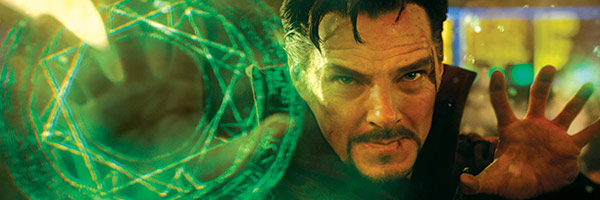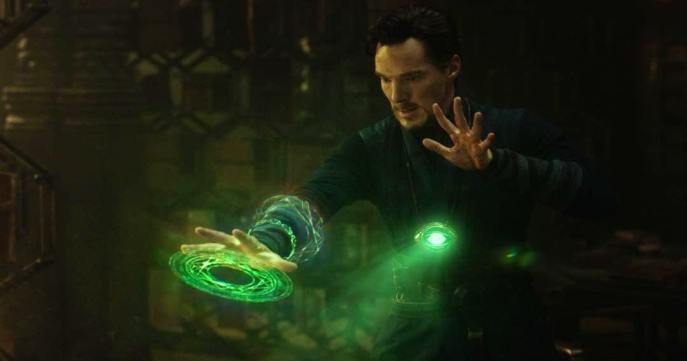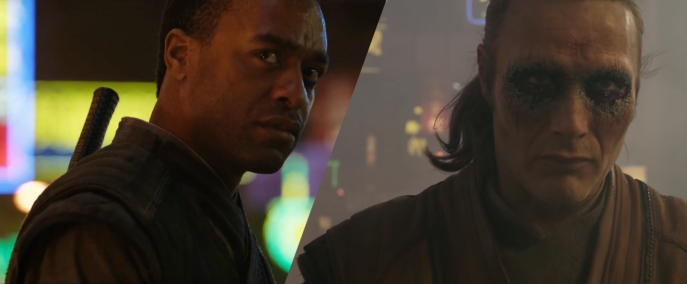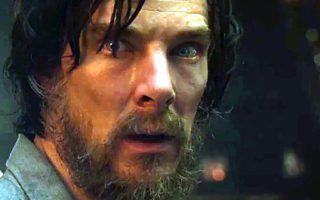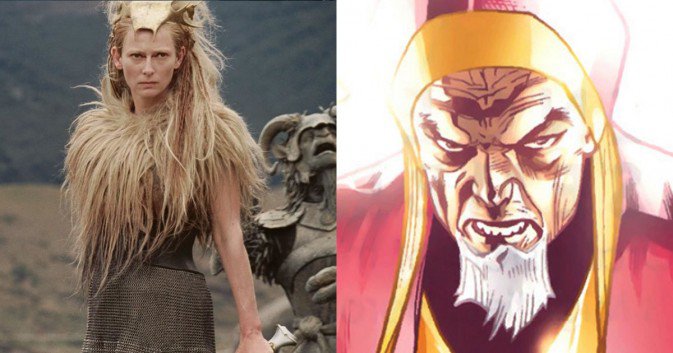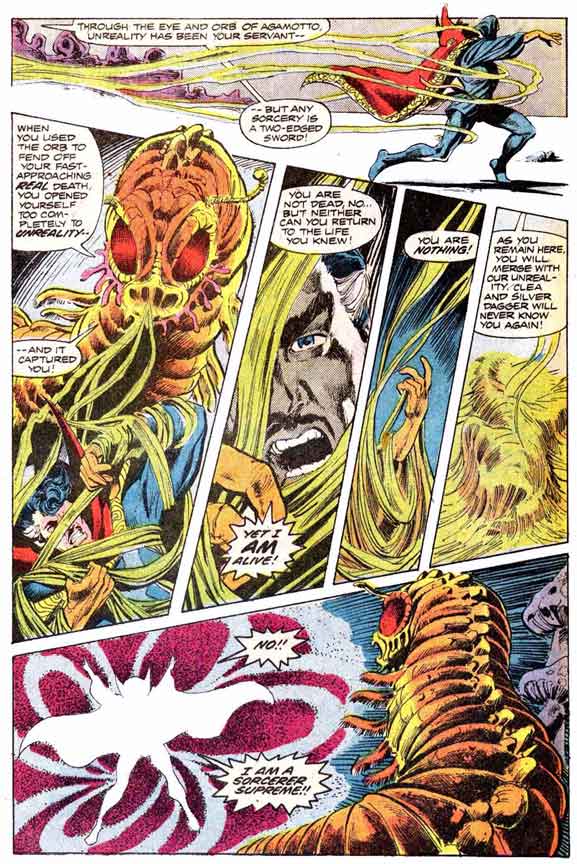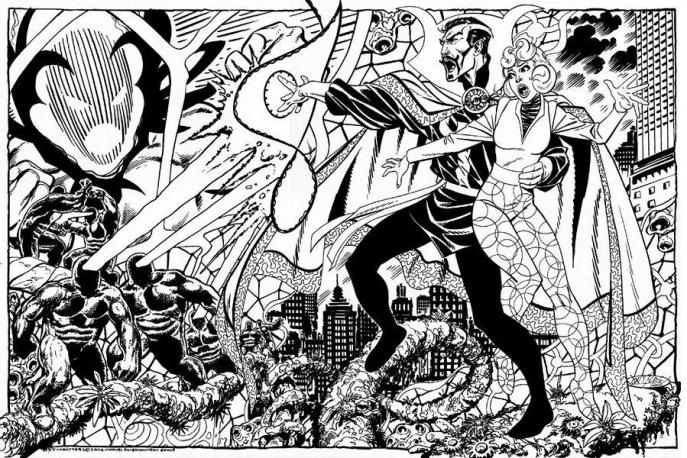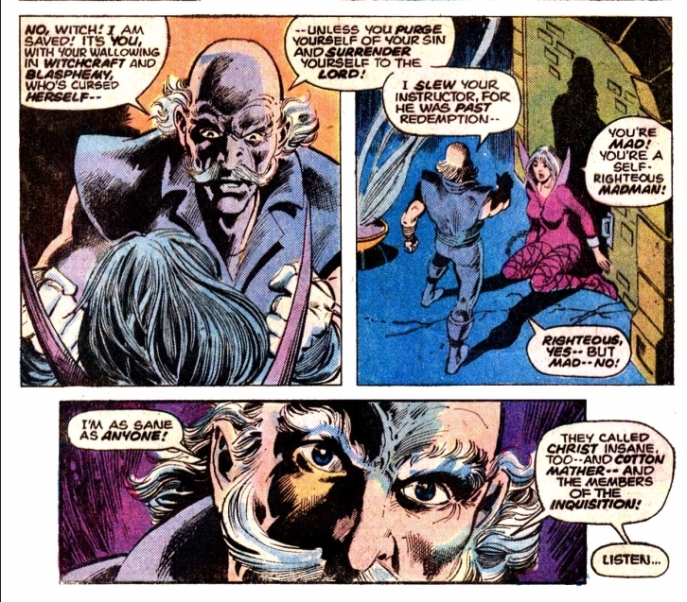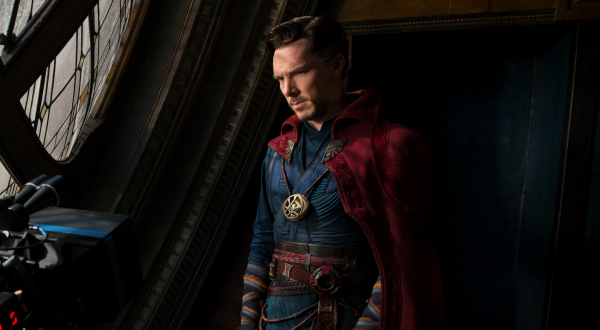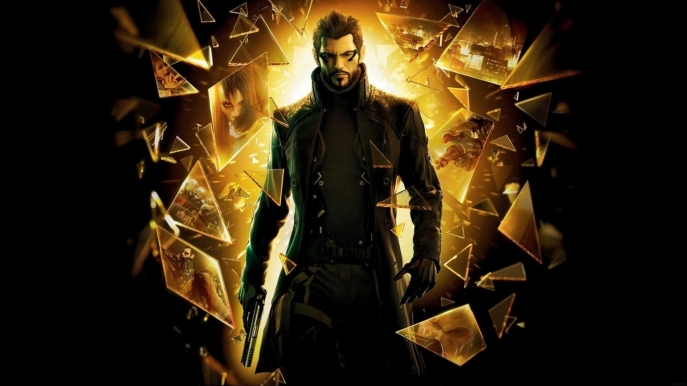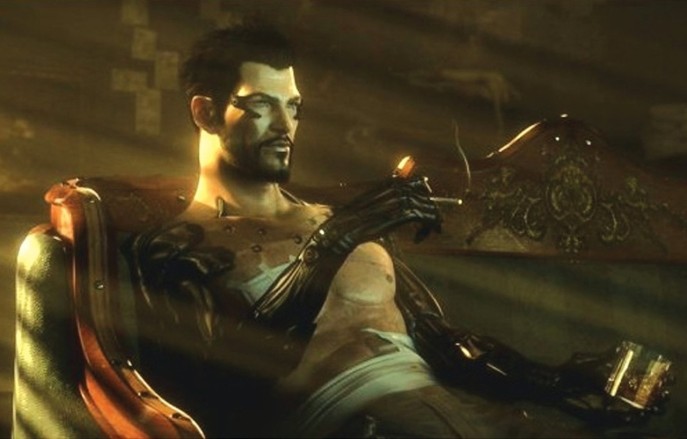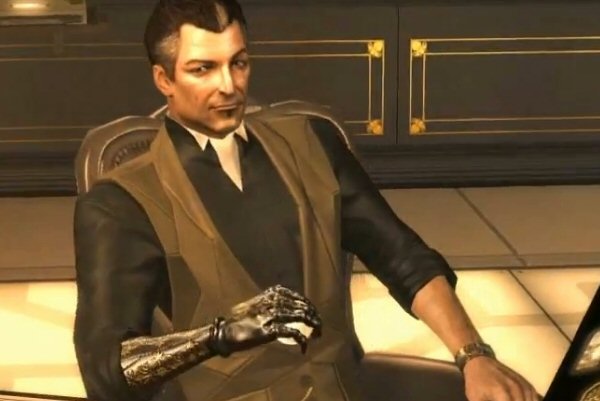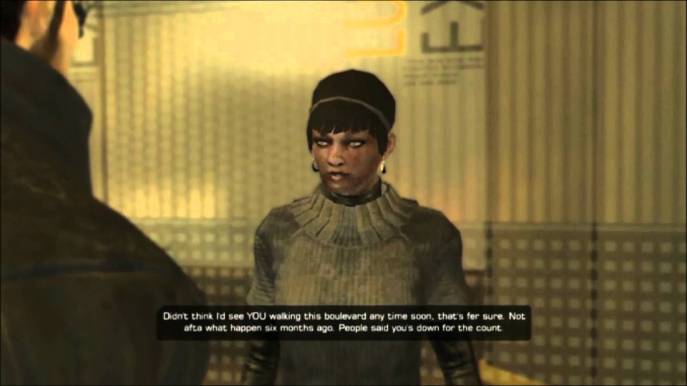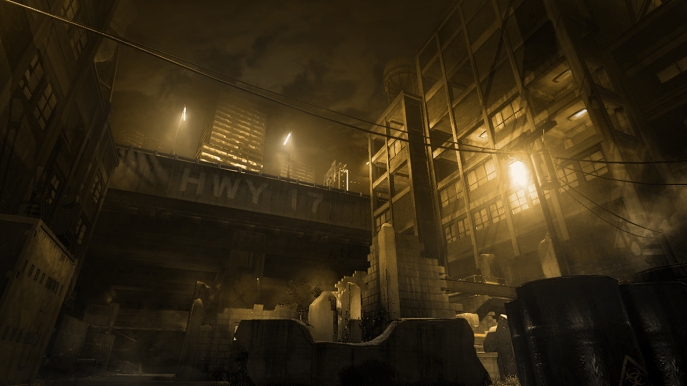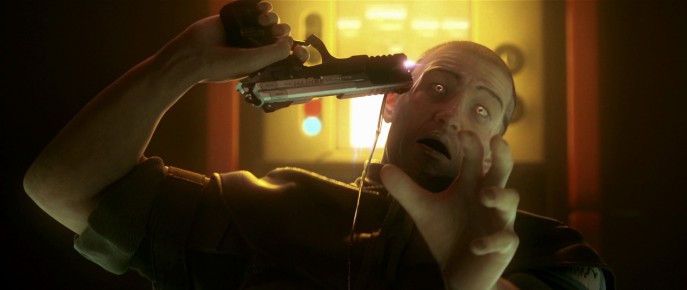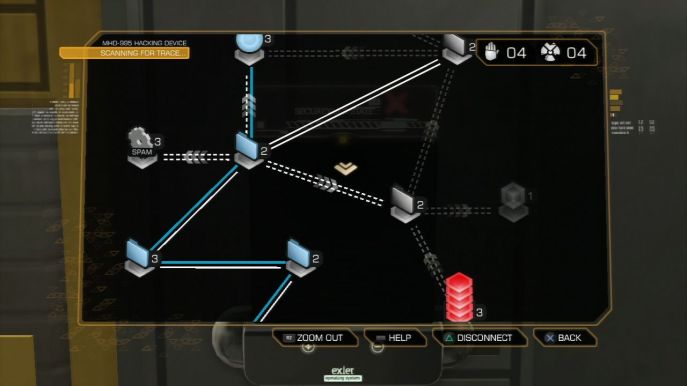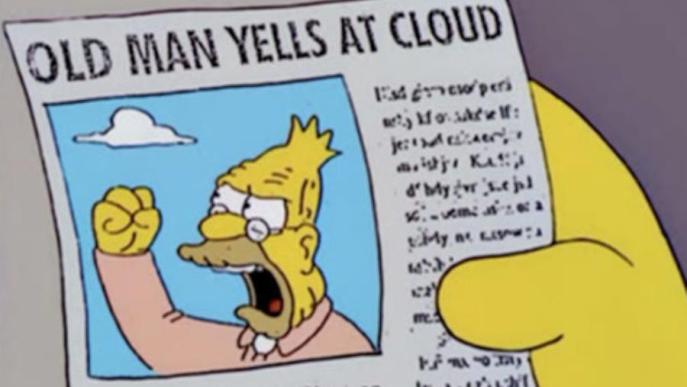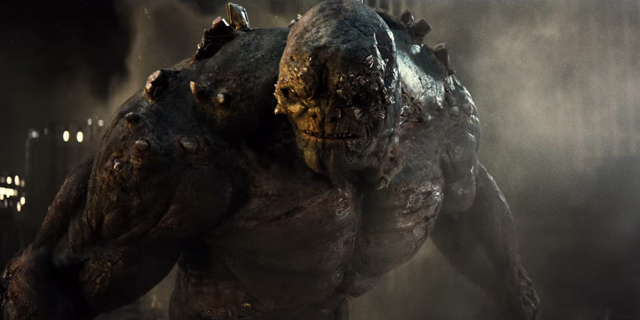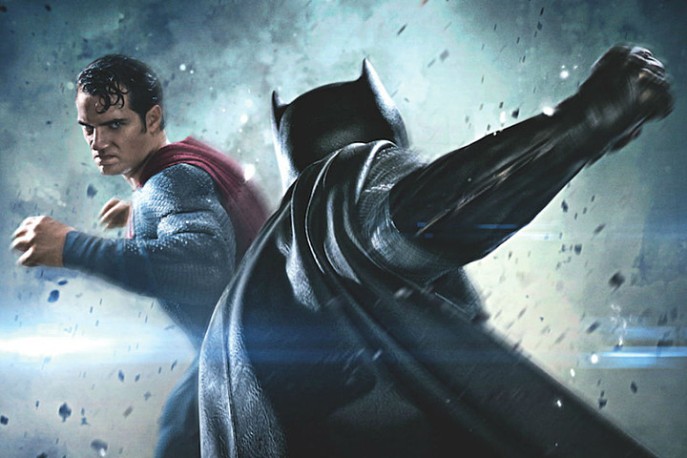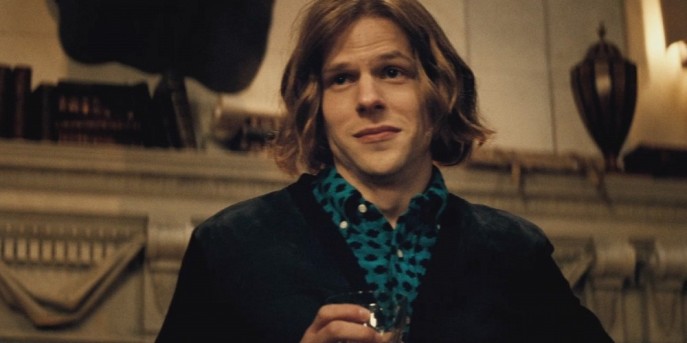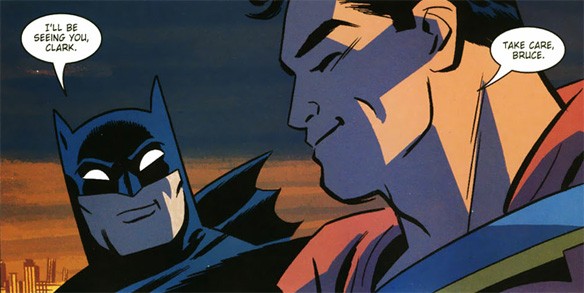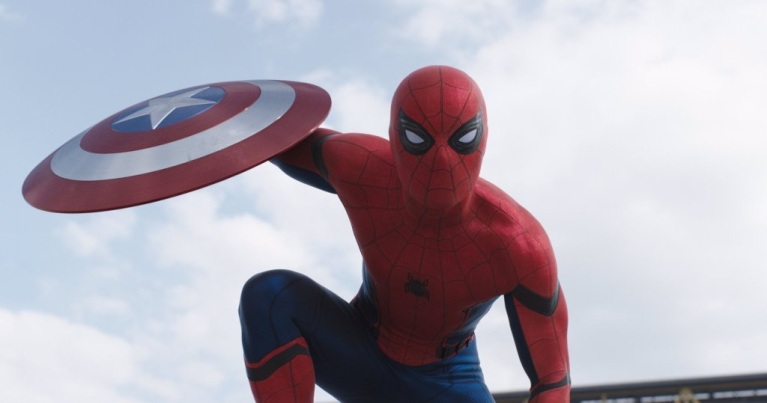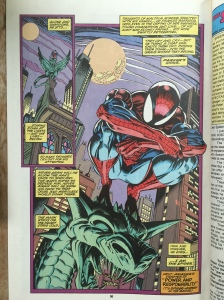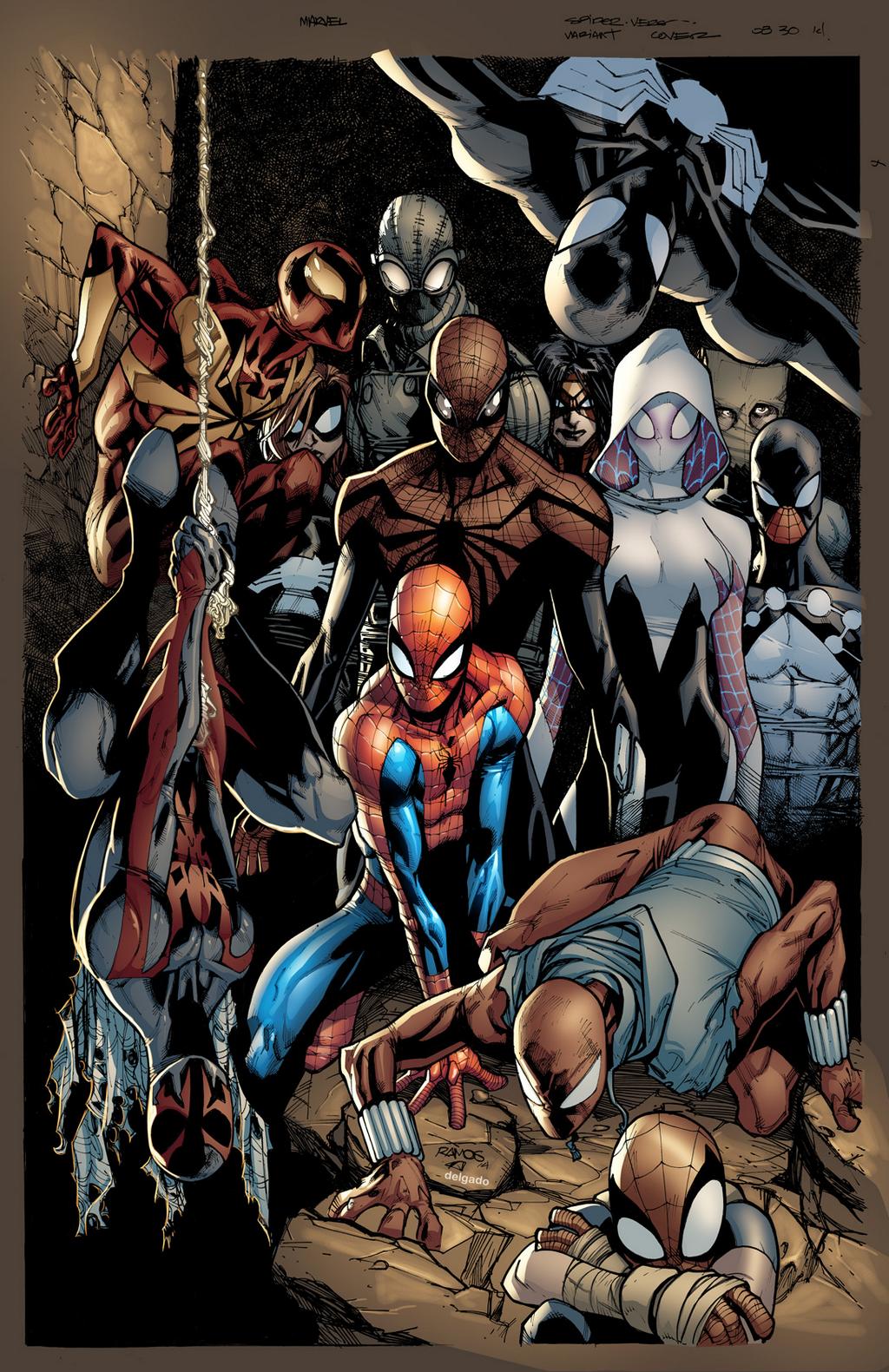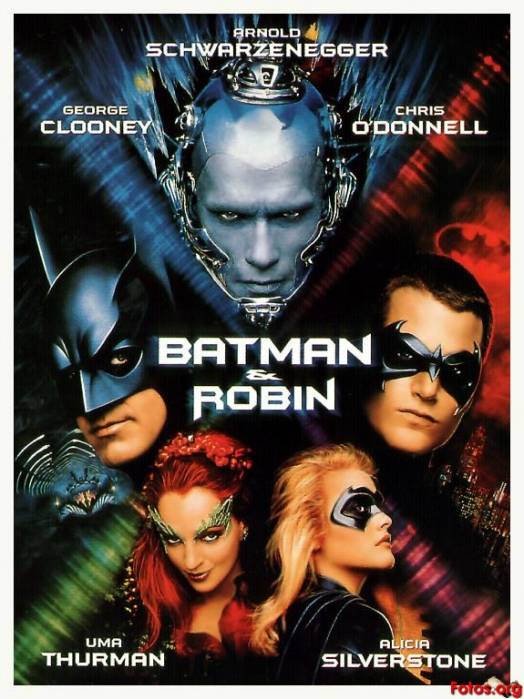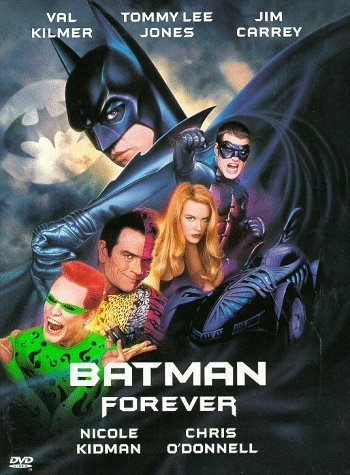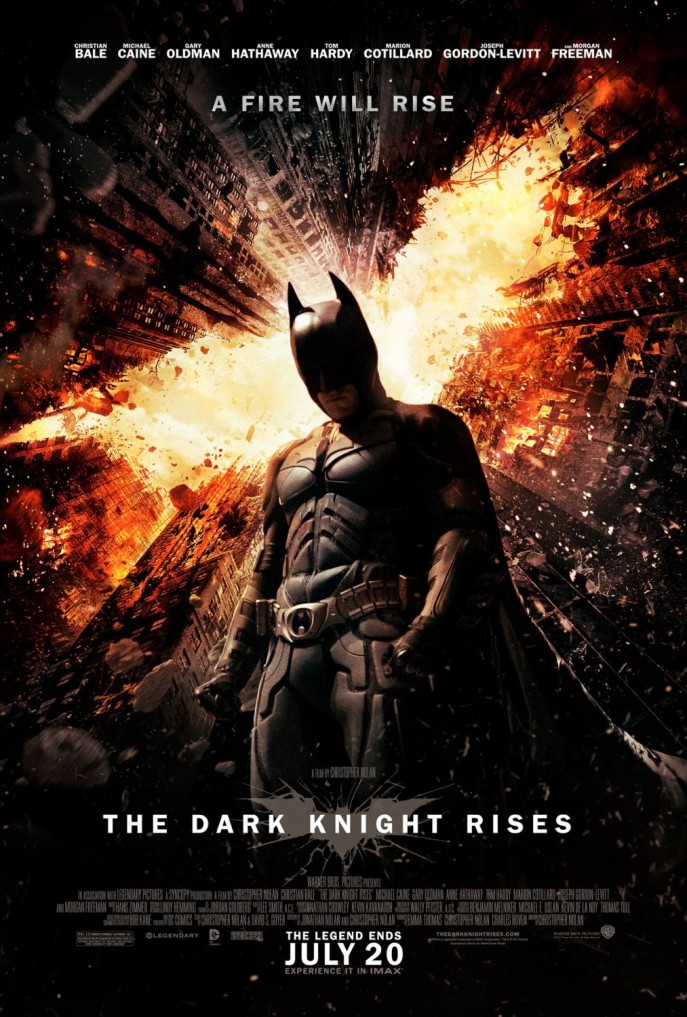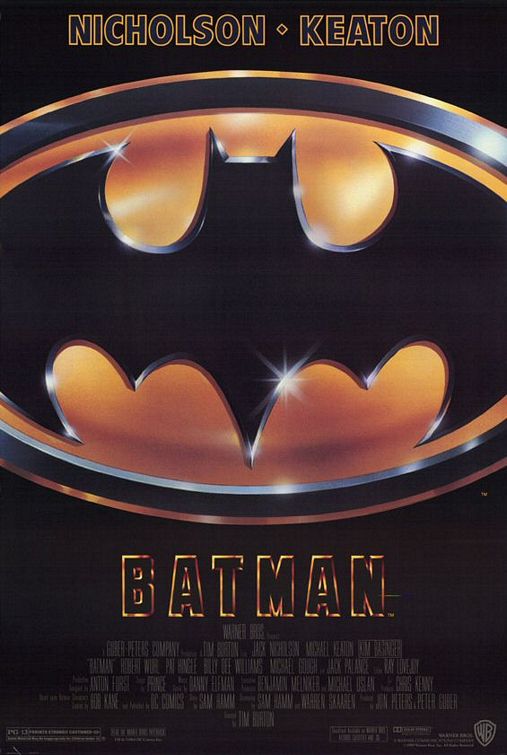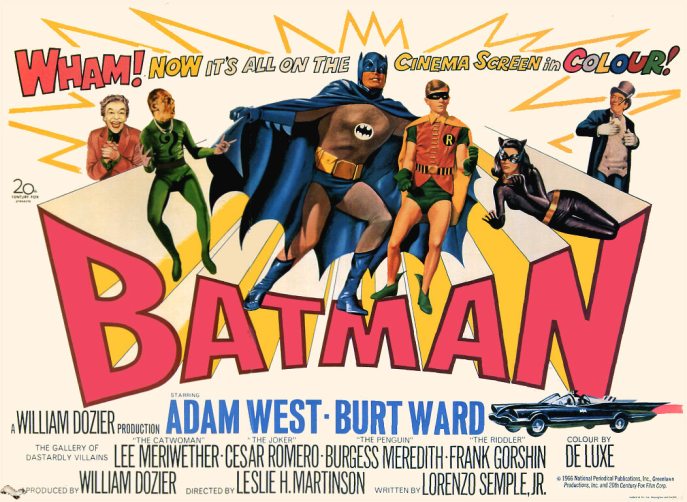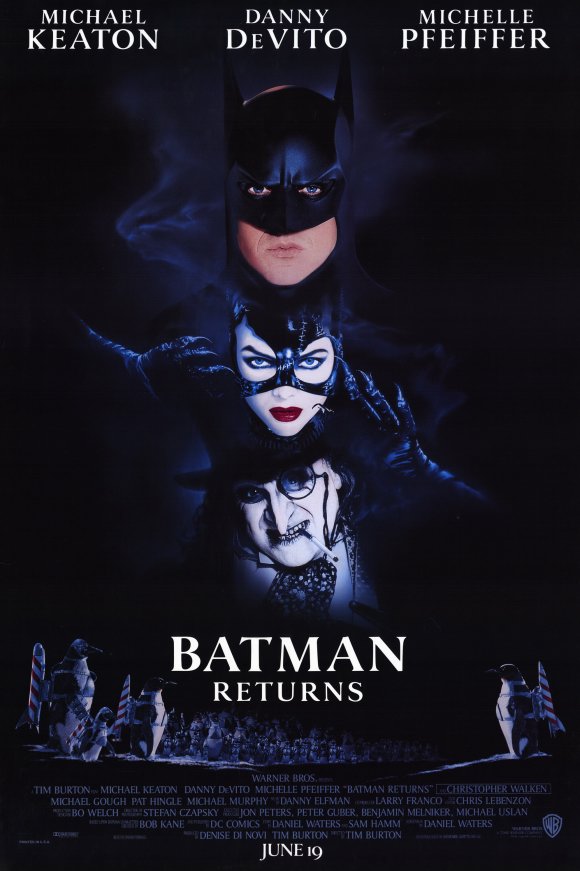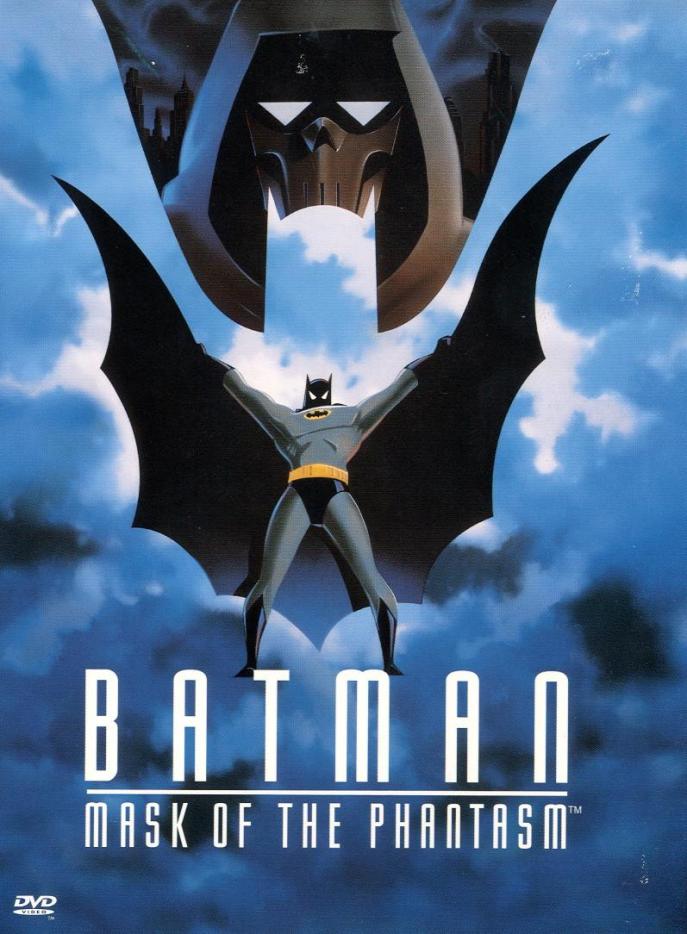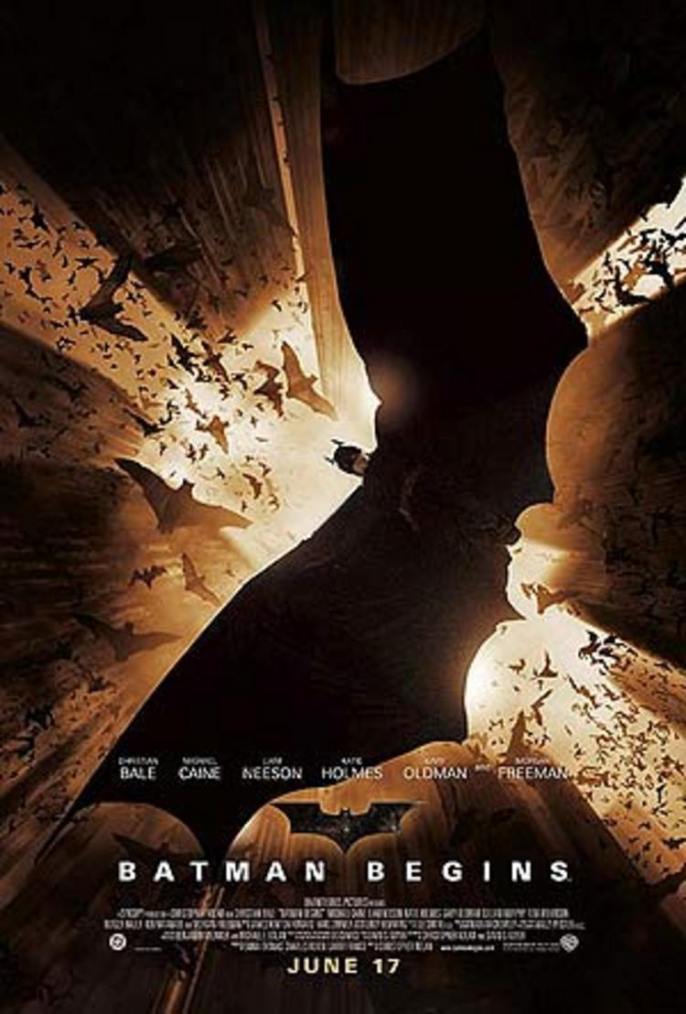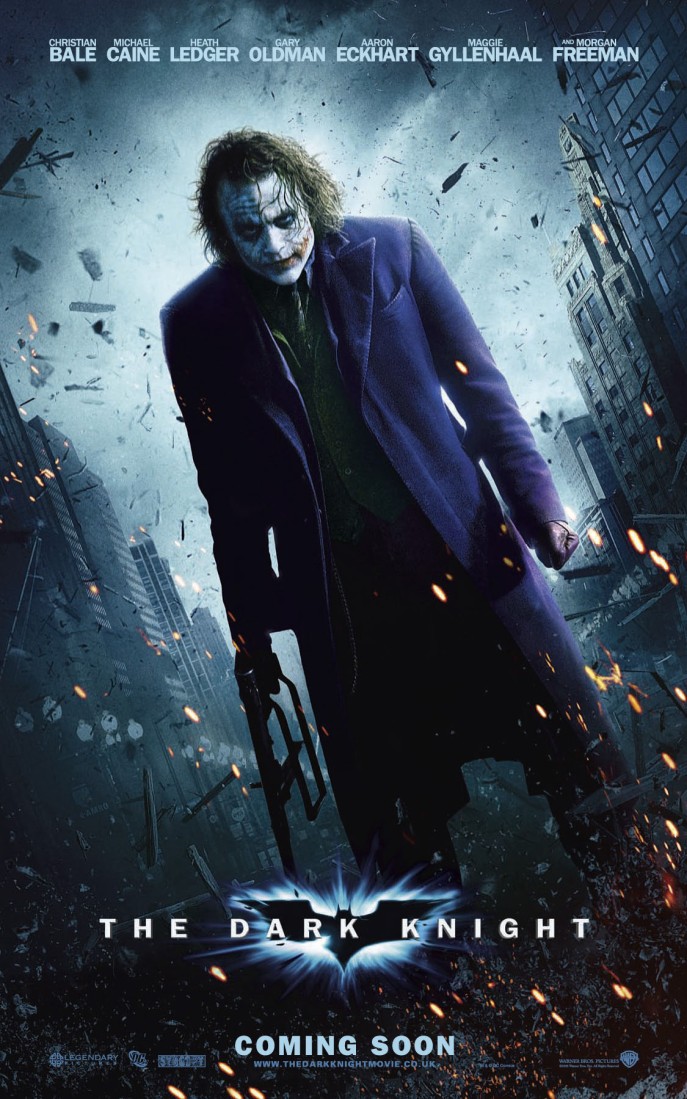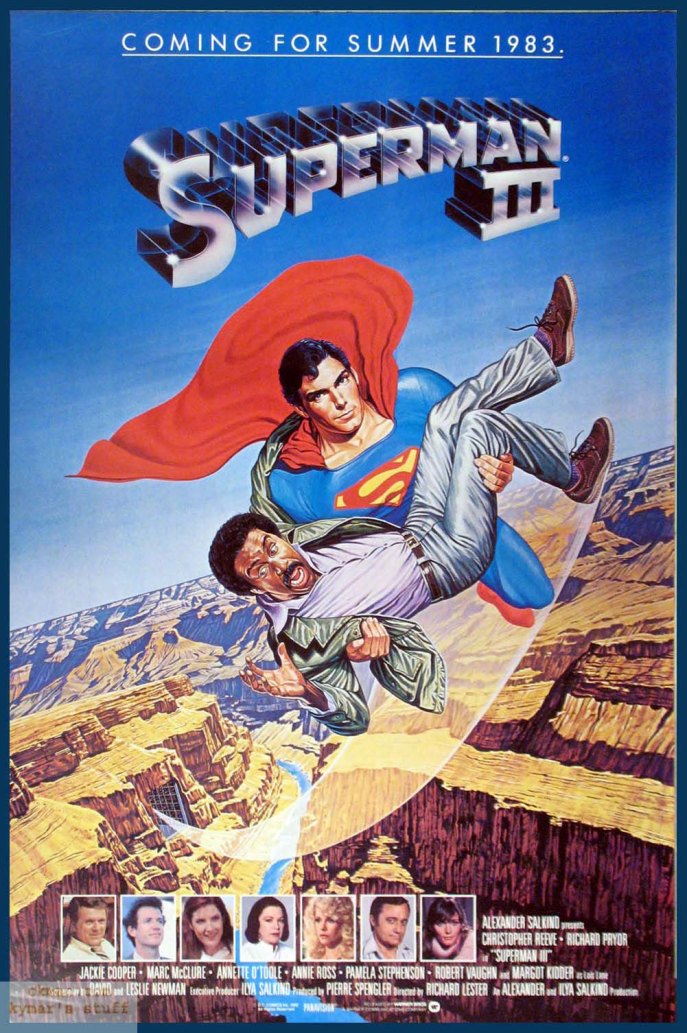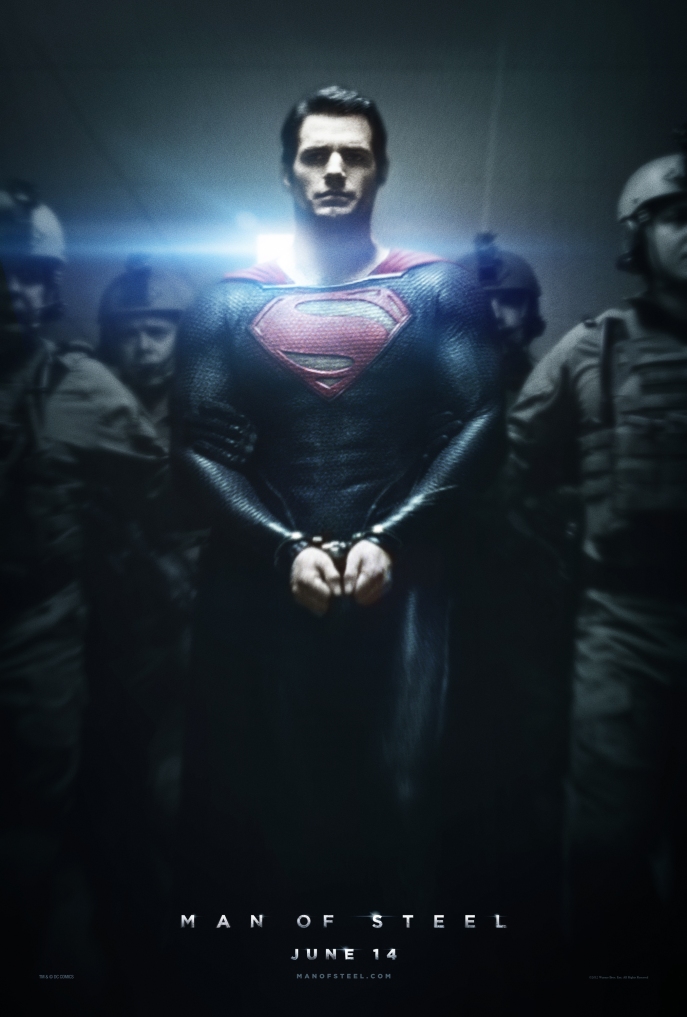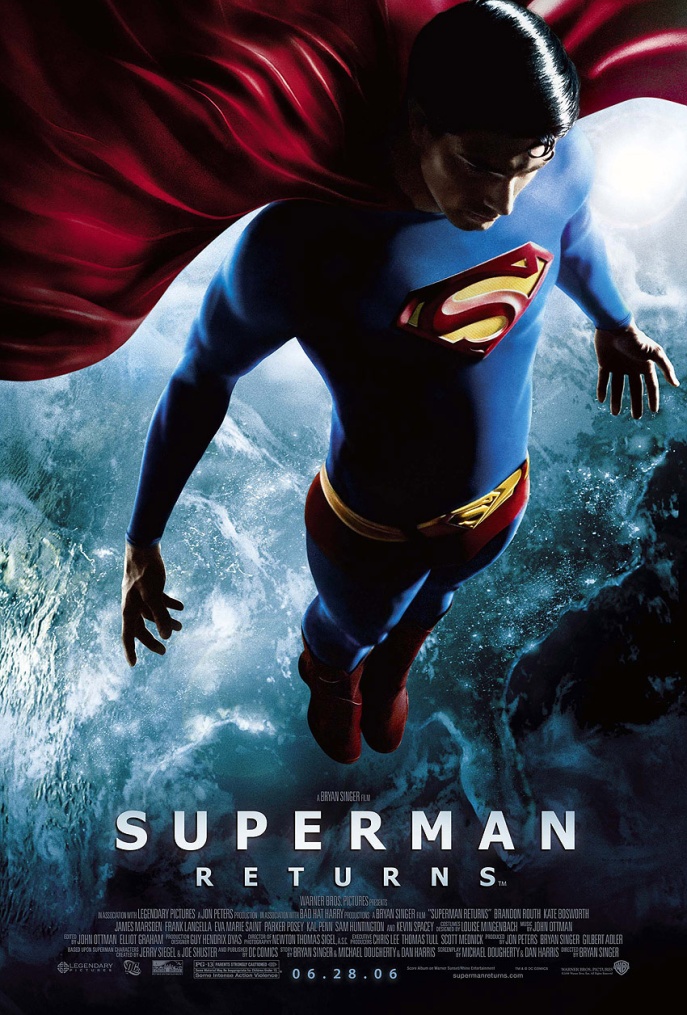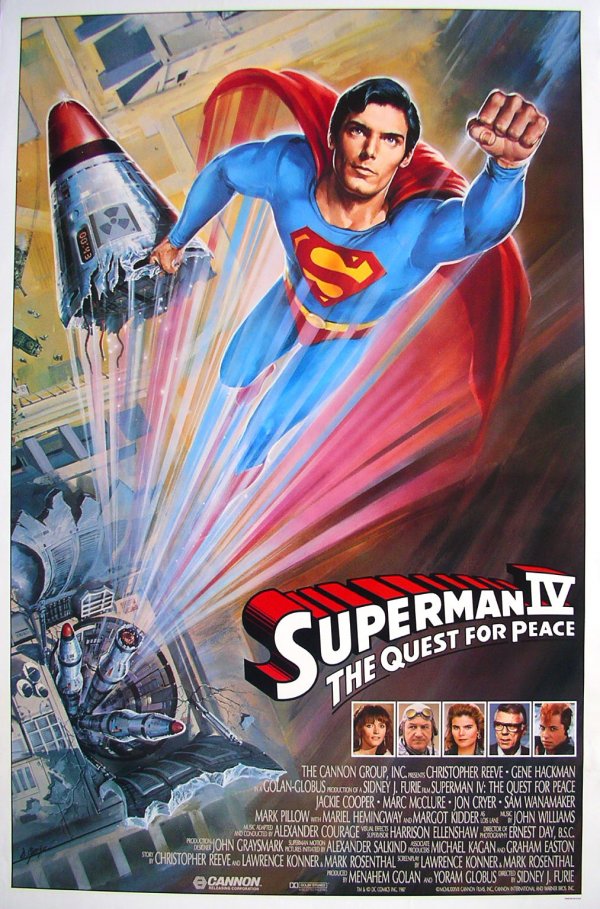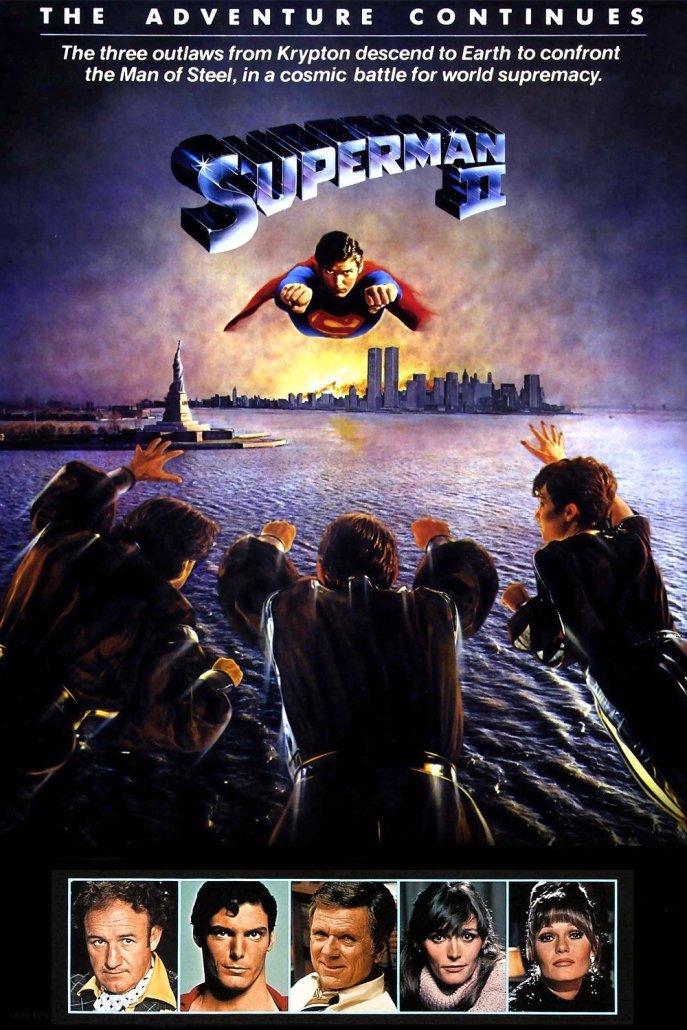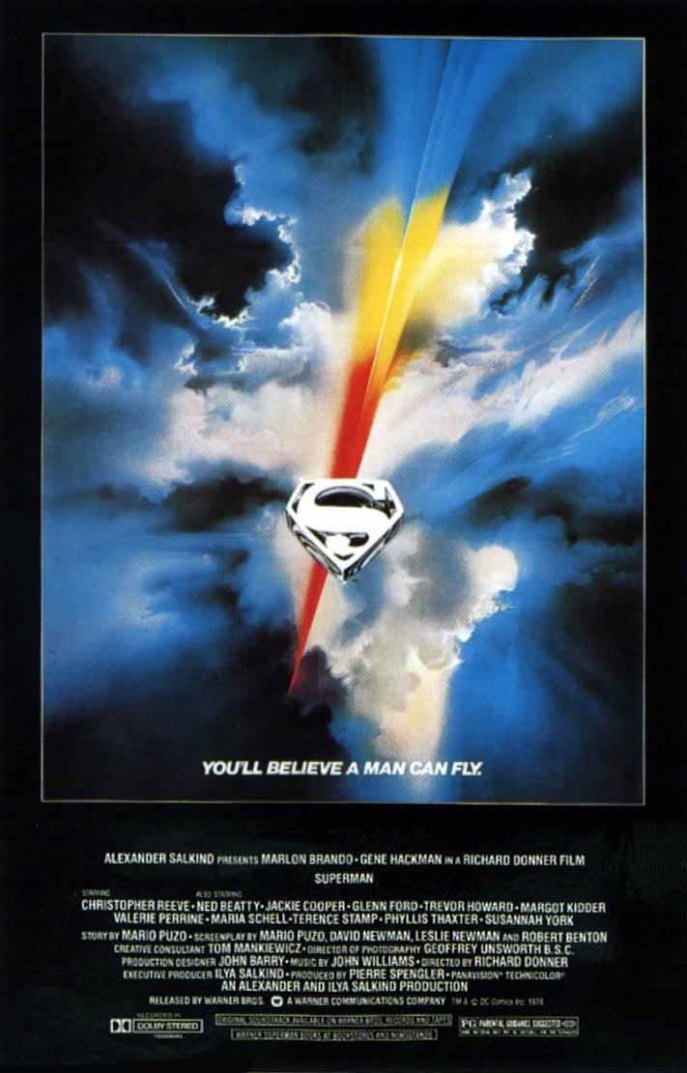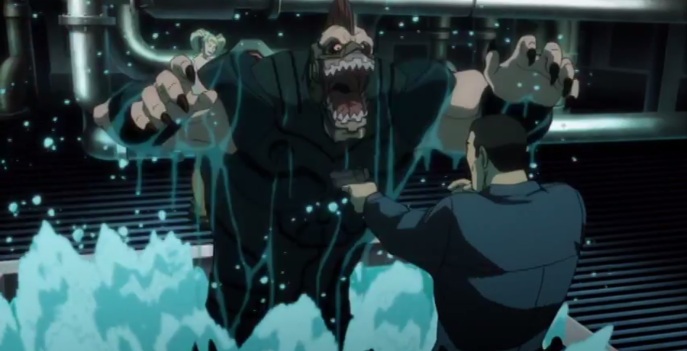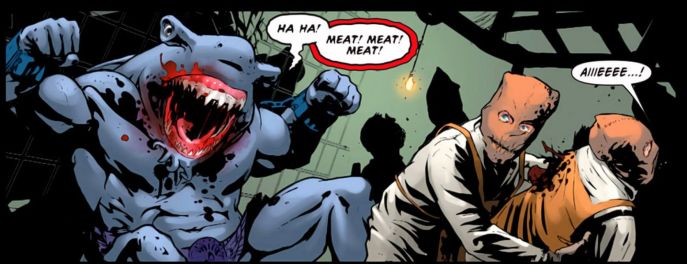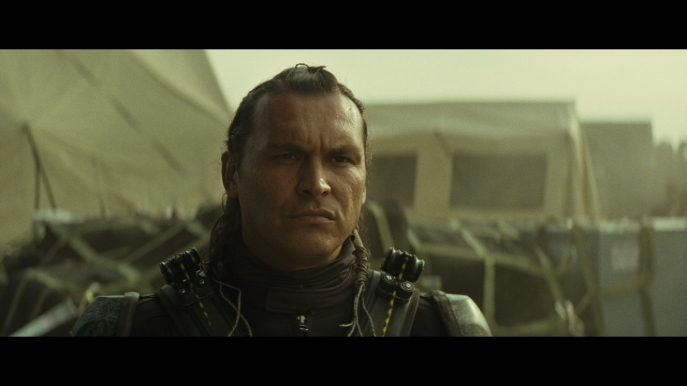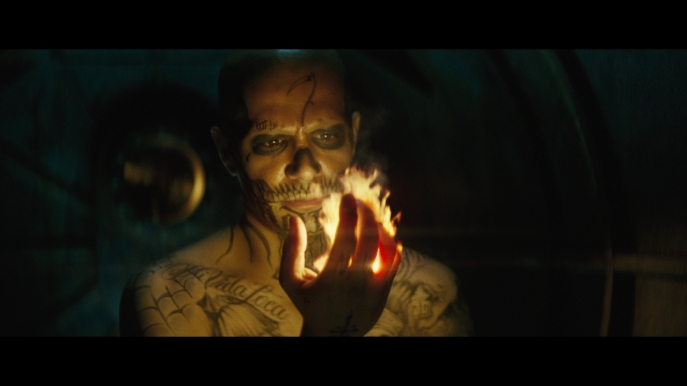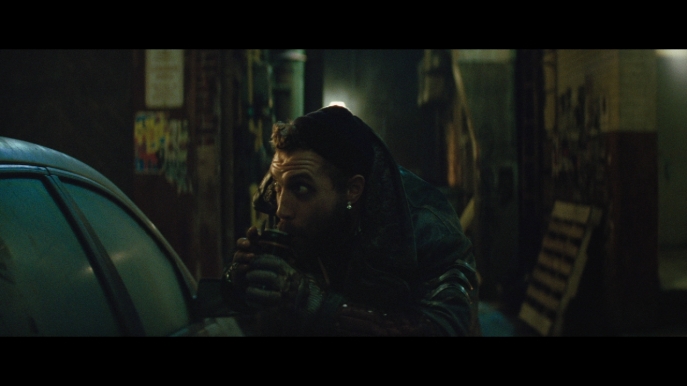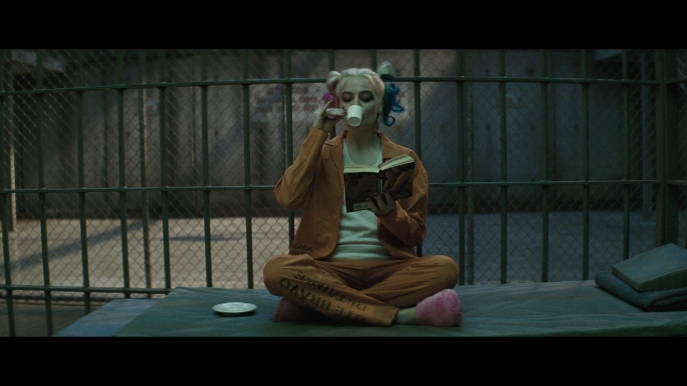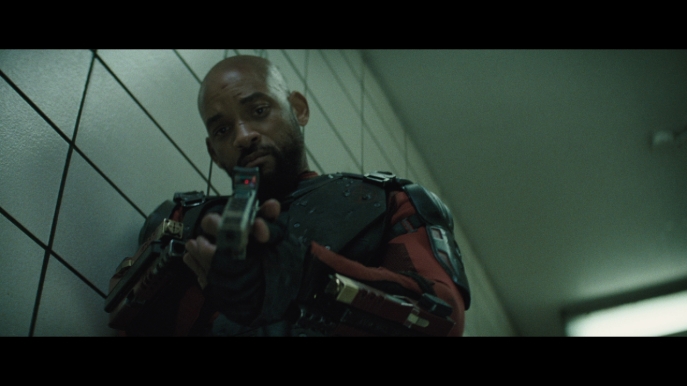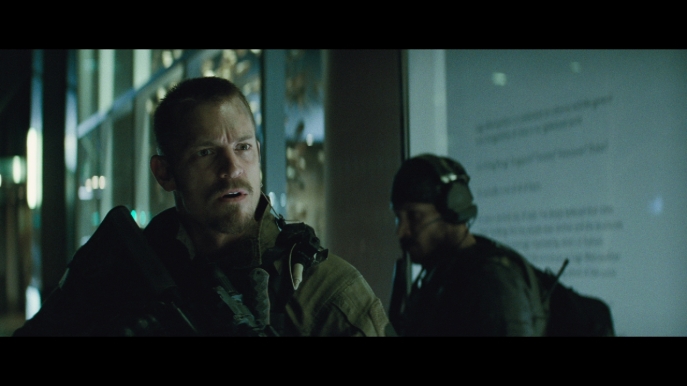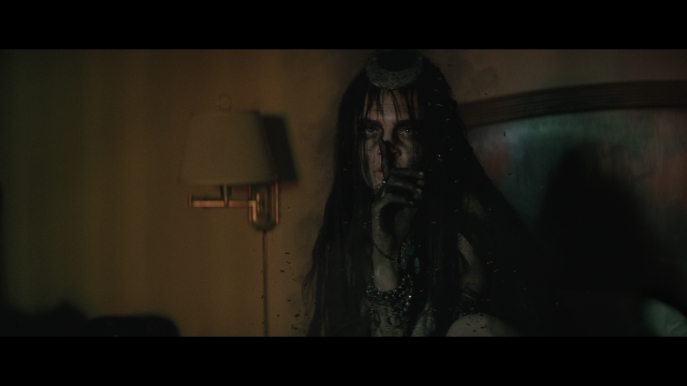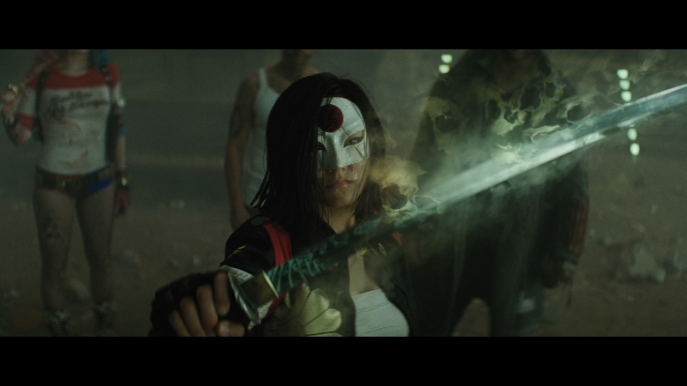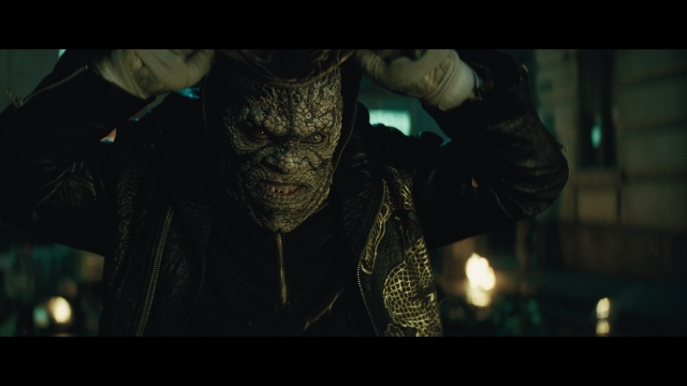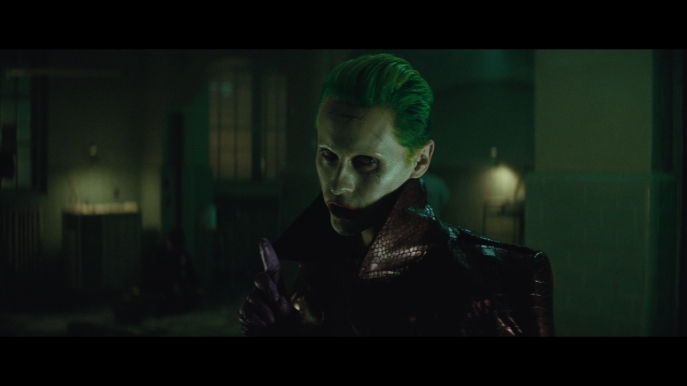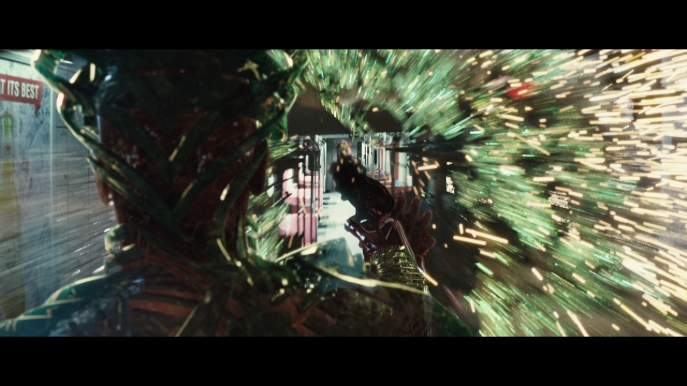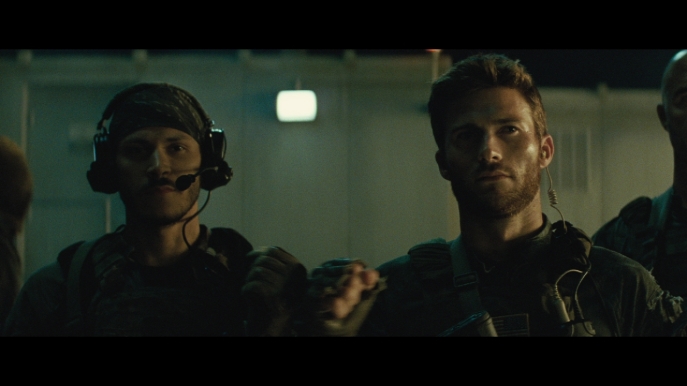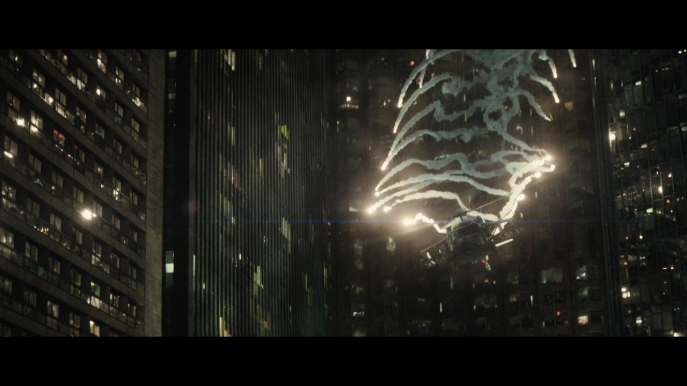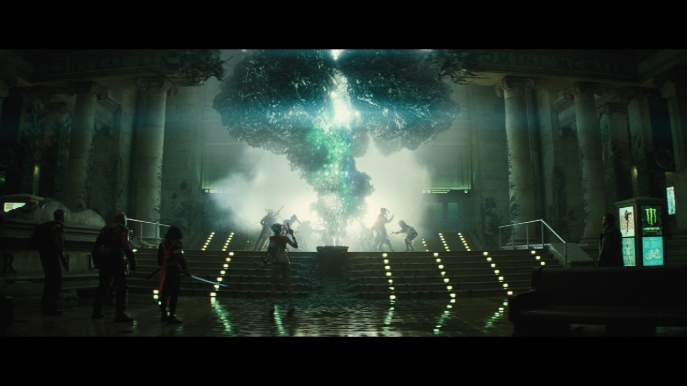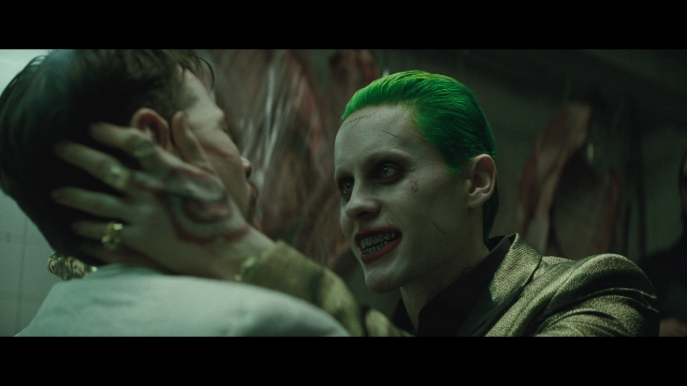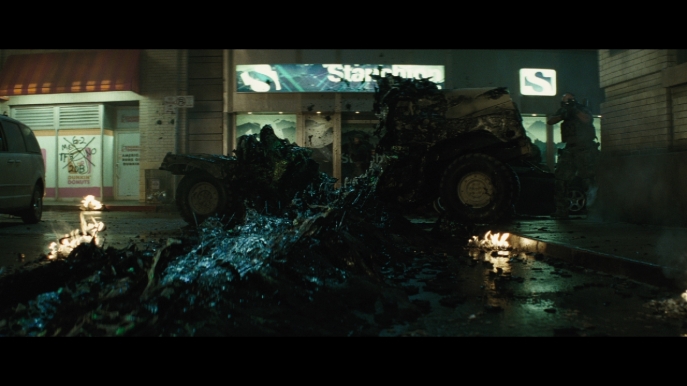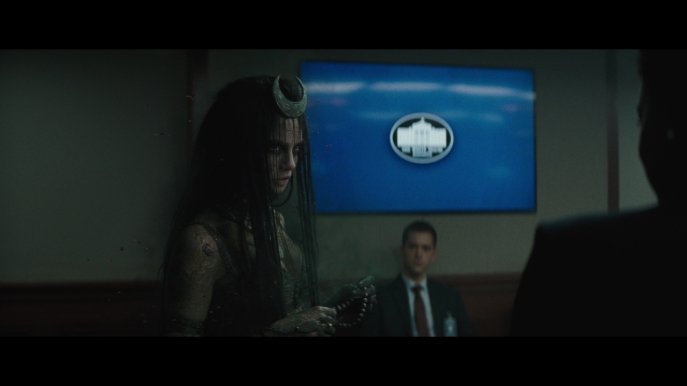Nearly every decision made regarding Alex Kurtzman’s THE MUMMY was the result of bad decisions, mostly on the part of executives. And those bad decisions are Legion, for they are many.
1. MAKING A MUMMY MOVIE
You can actually reverse-engineer the decision disturbingly easily.
EXEC 1: We want to make a shared continuity universe like Marvel has, because those make money. Let’s use our old-school monsters. Who’s our most popular one?
EXEC 2: Dracula!
EXEC 1: Yeah! But nobody liked DRACULA UNTOLD (2014), and we jumped the gun on making that our shared continuity movie.
EXEC 2: Frankenstein!
EXEC 1: But other companies made I, FRANKENSTEIN (2014) and VICTOR FRANKENSTEIN (2015), and nobody liked those.
EXEC 2: Ummm… The Wolfman?
EXEC 1: WOLFMAN (2010). Nobody liked that either.
EXEC 2: Creature from the Black Lagoon? Invisible Man?
EXEC 1: Too small.
EXEC 2: The Mummy?
EXEC 1: Yeah! We could blow around sandstorms, destroy cities, and do all kinds of crazy stuff!
EXEC 3, who has been silent all this time: But won’t audiences just compare that with the popular MUMMY 1999 franchise?
EXEC 1: NOOOOOOOOOOOOOOOOOOOOOOOOOOOOOPE!
Spoilers: EVERYONE has done that, and THE MUMMY hasn’t looked good because of it.
There’s nothing wrong on paper with making a Mummy movie, but in the age of reboots, you have to be especially careful about audience burnout and the optics of sullying a fan favorite. THE MUMMY (1999) IS a fan favorite, and if Universal doesn’t have enough evidence of this from its box office success and continued DVD sales, it certainly does from the fact that The Mummy is STILL a major ride at their theme parks.
It’s not been that long since THE MUMMY: TOMB OF THE DRAGON EMPEROR (2008), which came out 7 years following THE MUMMY RETURNS (2001). Audiences had plenty of reason to wonder if MUMMY (2017) was a sequel or reboot or wonder why Brendan Fraser didn’t return.
2. MAKING THIS AN ACTION MOVIE
Regardless of my love for the action-horror genre and my unpopular opinion that MUMMY (2017)’s horror scenes were among the few things it got right, horror is enjoying a renaissance, with movies like GET OUT (2017), IT FOLLOWS (2015), THE CONJURING SERIES, and THE PURGE SERIES showing how very much is possible within it. Universal’s “Dark Universe” could’ve truly stood out if only it’d fully committed to its horror. While its original movies were horror-dramas, they eventually evolved into action-horror movies. That gave audiences plenty of time to fall in love with the characters to care about their slugfests. Audiences today are clambering for the next big, exciting horror movie. There’s no reason why Universal couldn’t have started with a mid-budgeted horror movie and worked its way up from there.
By that same token, the UNDERWORLD and RESIDENT EVIL movie franchises have demonstrated that with a mid-level budget, you can make exciting movies that are consistently both action & horror without betraying either. THE MUMMY (2017) was initially slated to be directed by Len Wiseman of UNDERWORLD fame, and probably would’ve been a more appropriate movie for that.
3. FORCING THE SHARED CONTINUITY
I’m all for Universal’s “Dark Universe” of classic monsters. I love gothic horror, and I believe that there’s a place for it in a modern setting. By the same token, I respect anyone who has “shared universe burnout,” especially when MUMMY (2017) shits the bed with it.
IRON MAN (2008), only establishes its shared continuity status in its post-credits scene with Nick Fury, which is nothing more than, “We’d like to put more superheroes together. Whaddya think?” In THE MUMMY, Russell Crowe’s Dr. Jekyll commandeers the movie with his monster-hunting organization, Prodigium. It effectively becomes HIS movie, undercutting whatever interest you probably hadn’t been building for Tom Cruise’s Nick, Annabelle Wallis’ Jenny, or Sofia Boutella’s Ahmanet. Nearly the entire second act takes place in Prodigium’s headquarters, where you’re treated to shots of a vampire and werewolf skull, the Creature from the Black Lagoon’s arm, THE MUMMY (1999)’s book of the dead, and Dr. Jekyll’s transformation into Mr. Hyde. It’d feel random as hell if those scenes –Nick’s heart to heart with Jenny, Ahmanet’s schemes in captivity, and Mr. Hyde’s Hulk-inspired fight- weren’t lifted directly from THE AVENGERS (2012).
These scenes work for monster nerds like me, but for everyone else, they feel like a marketing plan. “This is how we plan to make billions of dollars. We don’t care if the story makes sense, just that you know that we’re going to keep making these things until the money stops rolling in.”
4. HIRING ALEX KURTZMAN
Alex Kurtzman, the critically-panned writer of TRANSFORMERS 1-3, STAR TREK: INTO DARKNESS (2013), and AMAZING SPIDER-MAN 2 (2014) was hired to shepherd in Universal’s “Dark Universe” clearly not out of talent, but because those movies had been BANKABLE. Well, except ASM2. Kurtzman’s gotten lucky in being attached to sturdy franchises and bankable directors like Michael Bay and J.J. Abrams, making his own success cloudy at best. The man isn’t tested with an original property, which THE MUMMY half-is, at least for audiences in their teens & twenties.
Considering those above movies, Kurtzman is an awful idea as a creative head: He’s a lazy writer. To be clear, his work ethic is fine, but he doesn’t care about the craft of storytelling, and holy shit, does it show. INTO DARKNESS, ASM2, and THE MUMMY highlight a writer who arranges scenes in any order without tonal flow or a clear cause-and-effect. He only seems to know how to write lame banter for 14 year-old douchebags, making everyone sound like an idiot. He routinely writes himself into dead ends, and his ONLY solution is Deus Ex Machina (THE MUMMY features about FIVE instances where outside forces inexplicably stop The Mummy from stabbing major characters). Kutzman doesn’t care about internal logic (The Mummy wants to stab Tom Cruise with a magic knife, but the movie is never clear if that’s a good thing or a bad thing and what the consequences truly are). Finally, Kurtzman is a writer with a DEEPLY traditional view of sexual politics. If the Mummy’s relentlessly sucking-out-men’s souls doesn’t convince you, check out the male gaze in TRANSFORMERS 1-3 and INTO DARKNESS, and the fridging of Gwen Stacy in ASM2.
This is not a guy you want anywhere near your mass-appeal summer blockbuster designed to herald in a sprawling shared continuity. He’s going to set a bad tone.
5. $125 MILLION PRODUCTION BUDGET
For fun, let’s run some numbers.
-Universal’s WOLFMAN (2010): $150 mil. budget, $61.9 mil. domestic, $139.7 mil. worldwide.
-Lionsgate’s I, FRANKENSTEIN (2014): $65 mil. budget, $19 mil. domestic, $71.1. mil. worldwide.
-Universal’s DRACULA UNTOLD (2014): $70 mil. budget, $56.2 domestic, $217 mil. worldwide.
-Fox’s VICTOR FRANKENSTEIN (2015): $40 mil. budget, $ 5 mil. domestic, $34.2 mil. worldwide.
Things to note, none of these movies, even the two enjoying Universal’s marketing, were able to break $70 million domestic. All four of these movies took a domestic loss for whatever reason (all four of them are bad-or-iffy movies). Only DRACULA UNTOLD was profitable worldwide, owing almost exclusively to the widest distribution and the emerging global market.
Conclusions: There IS a market for classic horror monsters, but a nascent one. It needs to be developed, not expected. Budgets over $100 million are, at this stage, untenable, when you can only expect an average (of the Universal brand horror movies) of $59.05 million domestic at best (for bad movies). The worldwide box office is a lifesaver, but that doesn’t exactly build excitement for franchises.
A safe budget is probably in the $70-$90 million range. DRACULA UNTOLD (2014) had a reported budget of $70 million, and it’s a good-looking movie with decent talent. Bummer that the movie itself was mediocre.
6. HIRING TOM CRUISE
Tom Cruise is a legendary actor who probably starred in one of your favorite movies, but when’s the last time he hasn’t coasted on just playing an idealized version of himself? In the last 7 years, he hasn’t. His star his dimmed, and if you hire Tom Cruise, the 55 year-old is going to act as if he was 30, and damned if that isn’t out of place.
Just like he’s fallen into niche roles, Tom Cruise has fallen into niche MOVIES. He stars in glossy action movies where he can banter and show off his physicality. His supporting female love interests are always tech/lore/intellectually savvy and play foible to him. He doesn’t have character arcs, but he grows in power throughout. When you see Tom Cruise in a starring role, you know you’re getting “a Tom Cruise movie,” not whatever else a movie might want to be. Thanks to Tom Cruise, THE MUMMY was branded as “a Tom Cruise movie,” which I have to believe hurt it.
7. HIRING TOM CRUISE
Bear with me, because this speaks to another bad executive decision. Why would you hire Tom Cruise? Outside of MISSION IMPOSSIBLE, his movies don’t consistently clear $100 million domestically and are routinely saved by the foreign market. At best, audiences show tepid interest to his work.
Chances are, he was hired because he’s Tom Cruise, a name that was huge a decade or two ago. Remember that picture of the actors hired for Universal’s Dark Universe? Russell Crowe, Johnny Depp, Tom Cruise… these are men who were gigantic a decade ago, but now… aren’t. Their personal reputations and box office performances have ruined their brand. There’s much to be made about how the star system is defunct, but the big actors and actresses now are people like Ryan Gosling, Bryan Cranston, Tom Hardy, Emma Stone, Jennifer Lawrence, and Scarlet Johansson. THOSE are the kinds of people you want to hire to usher in a new era.
Even then, look at Marvel’s approach: they hired people JUST on the verge of popping. People who could be defined by their MCU roles, not the reverse. Sofia Boutella as Ahmanet is this kind of excellent casting so OF COURSE…
8. THE MUMMY RUINS AHMANET
In the age of EVERYONE clambering for diversity and positive representation in roles, especially after the success of THE FORCE AWAKENS (2015) and ROGUE ONE (2016), it seemed like a great idea to make Sofia Boutella Ahmanet, the Mummy. An Egyptian princess out for revenge because her kingdom was stolen from her? BRILLIANT. Sounds like a great way to attack the idea of the glass ceiling and those who enforce it.
Except Alex Kurtzman has an extremely traditional view of sexual politics and gender roles. As an example, when we’re introduced to Annabelle Wallis’ Jenny, we’re immediately told that Tom Cruise’s Nick bedded her to steal information. Our supporting female lead is introduced as a sex object.
Ahmanet fairs little better. Her intro in ancient Egypt is heavily exoticized and eroticized, but things nosedive when Nick falls under her curse. Ahmanet’s curse basically means you have waking wet dreams about her, most of which confusingly end with undead sexual assault. Ahmanet grows her powers by sucking the life-force of men, and attempts to sexually manipulate others into doing her bidding. Ahmanet’s, a brunette, actions run counter to Jenny’s, a blonde, who continually calls Nick to the high path, confident that there’s some good in him, despite all evidence to the contrary.
So much for a feminist character.
Worse, Nick’s solution to killing Ahmanet is to suck out HER life-force, which is undeniably coded on the screen as rape. Then it’s heavily implied that Cruise will become the next Mummy.
Nicely done, Kurtzman.
9. PREMIERING THE WEEKEND AFTER WONDER WOMAN
Snarky point, but it highlights executive bad decision-making. It nearly says EVERYTHING about what went wrong during every phase of THE MUMMY’s production.
Gal Gadot’s Wonder Woman was the ONLY character who emerged unscathed from BATMAN V. SUPERMAN: DAWN OF JUSTICE (2016), and Jenkins’ titular movie was getting strong buzz throughout its development. Wonder Woman is an established brand, not to mention THE most widely-known female superhero in western comics. Even if the DCEU was a three-movie failing brand, people WERE going to see Wonder Woman just BECAUSE IT’S WONDER WOMAN.
This should’ve behind why it’s hard for a Superman or Batman movie to fail, but…
…executives commonly think that since movies like CATWOMAN (2004), ELEKTRA (2005), and SUPERGIRL (1984) failed, female-led superhero movies flat cannot be successful. It’s pitifully reductive thinking that ignores every more relevant detail of those projects, and it’s nakedly misogynistic. Boiling it down, the execs behind THE MUMMY thought that WONDER WOMAN, a movie all about the positivity of women, their representation, and their role in the world, couldn’t be successful.
Oops.
There are a myriad of other nitpicks for THE MUMMY. Jake Johnson’s ghost corpse clearly rips off AMERICAN WEREWOLF IN LONDON. Nearly all the dialogue. A host of logical and continuity errors. But these aren’t isolated things that spell doom for movies –after all, look at Michael Bay and J.J. Abrams’ ongoing success.
The bigger failing is in the executive decisions that made THE MUMMY feel like a movie of the early 90s instead of the late 10s. It feels like a throwback, ignoring all the progess cinema has made since MUMMY 1999, except for the shallow sequel-delivery vehicle of cinematic universes. Audiences don’t want to see business models; they want to see good movies, and that didn’t happen here.
Personally, I have hope for Bill Condon’s BRIDE OF FRANKENSTEIN (2019). Condon’s a strong director with an undying passion for the original movie, and he’s clearly got things to say about untraditional gender roles, romance, and dysfunction. It’ll probably be a good movie.
But will audiences care? I’ve already heard people wondering why it should be made before Frankenstein, or just how badly THE MUMMY would’ve ruined its brand.
Maybe executives will learn the right lesson here, back off, and let Condon do his crazy thing. Or maybe they’ll make him bend over backwards to get a cameo with Johnny Depp’s Invisible Man.
They probably will.




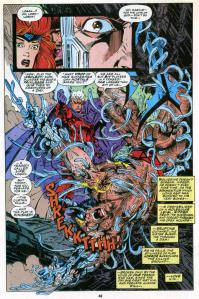
_1.jpg)











